Key Points
- The Jiangmen Underground Neutrino Observatory (JUNO) officially began data acquisition on August 26, 2025, after successfully filling 20,000 tons of liquid scintillator.
- JUNO is the world’s first ultra-large-scale and ultra-high-precision dedicated neutrino scientific facility to become operational, designed to address the critical question of neutrino mass ordering.
- The detector, located 700 meters underground, uses a 20,000-ton liquid scintillator and tens of thousands of photomultiplier tubes (PMTs) to achieve unprecedented precision in neutrino detection.
- The project is a significant international collaboration involving nearly 700 researchers from 74 institutions across 17 countries and regions, led by the Institute of High Energy Physics (IHEP) of the Chinese Academy of Sciences.
- Designed for a 30-year operational lifetime, JUNO has the potential to be upgraded for the world’s most sensitive neutrinoless double beta decay experiment, aiming to detect absolute neutrino masses.

JUNO neutrino experiment reached a major milestone on August 26, 2025 when the experiment began formal data acquisition.
On August 26, 2025, the Jiangmen Underground Neutrino Observatory (JUNO) successfully completed the filling of 20,000 tons of liquid scintillator and officially began data acquisition.
After over a decade of preparation and construction, the JUNO experiment has become the world’s first ultra-large-scale and ultra-high-precision dedicated neutrino scientific facility to become operational.
Initial data obtained during trial operation indicate that the key performance indicators of the JUNO detector have fully met or exceeded design expectations.
This will enable the facility to address a critical question in particle physics within the next decade: neutrino mass ordering.
It will also assist scientists in conducting cutting-edge research on neutrinos from the sun, supernovae, the atmosphere, and the Earth, opening a new window for exploring unknown physics.

Resume Captain
Your AI Career Toolkit:
- AI Resume Optimization
- Custom Cover Letters
- LinkedIn Profile Boost
- Interview Question Prep
- Salary Negotiation Agent
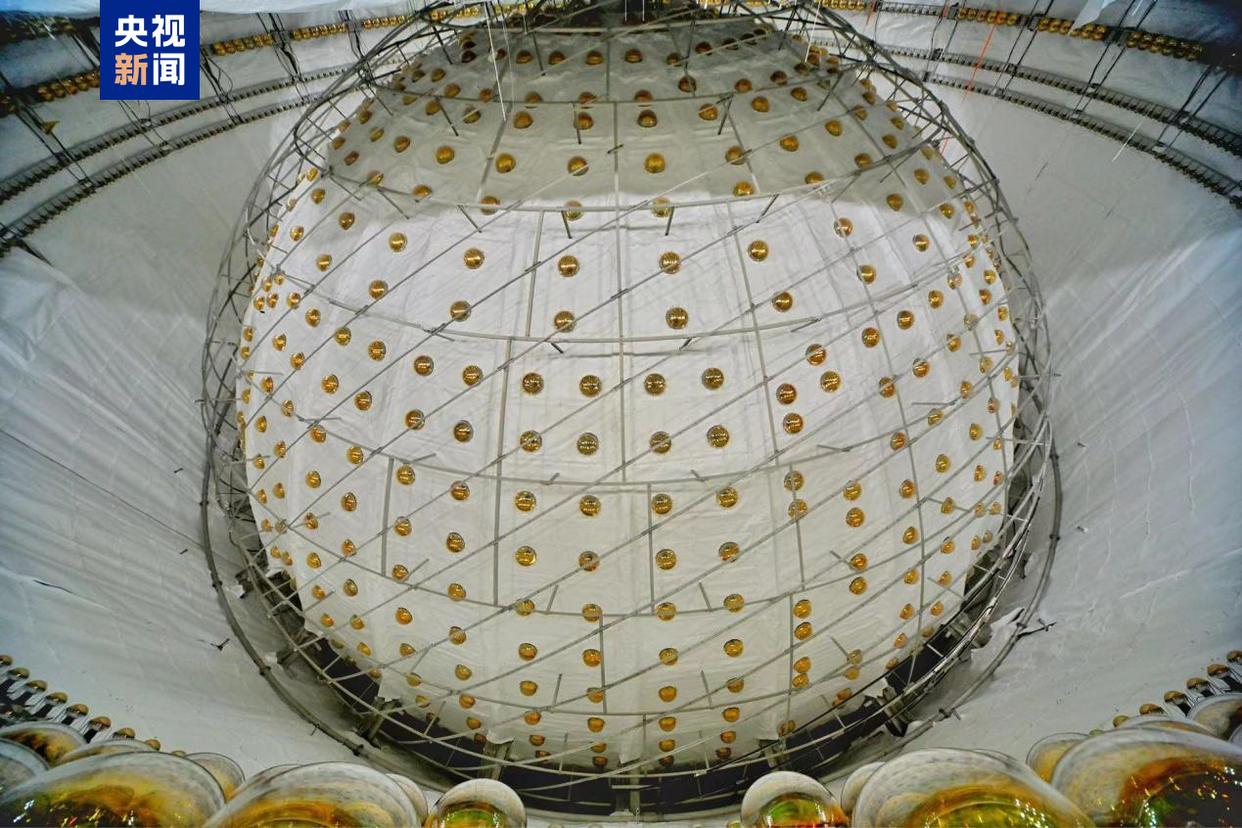
Unprecedented Precision in Neutrino Detection
The JUNO detector is located 700 meters underground near Jiangmen City, Guangdong Province.
The detector is capable of detecting neutrinos produced by the Taishan and Yangjiang nuclear power plants, located 53 kilometers away, and measuring their energy spectrum with unprecedented precision.
Compared to similar international experiments, JUNO’s determination of the mass hierarchy is unaffected by Earth matter effects and other unknown neutrino oscillation parameters.
This will significantly improve the accuracy of three out of the six neutrino oscillation parameters.
Key technical advantages you should know:
- Long baseline sensitivity — the 53-kilometer distance to nearby reactors is the experiment’s designed sweet spot for reactor neutrino oscillation studies.
- Deep underground siting — the 700-meter cover reduces cosmic-ray backgrounds and improves signal clarity.
- Ultra-high precision energy measurement — achieved by combining a massive liquid scintillator target with a dense array of photomultiplier tubes.
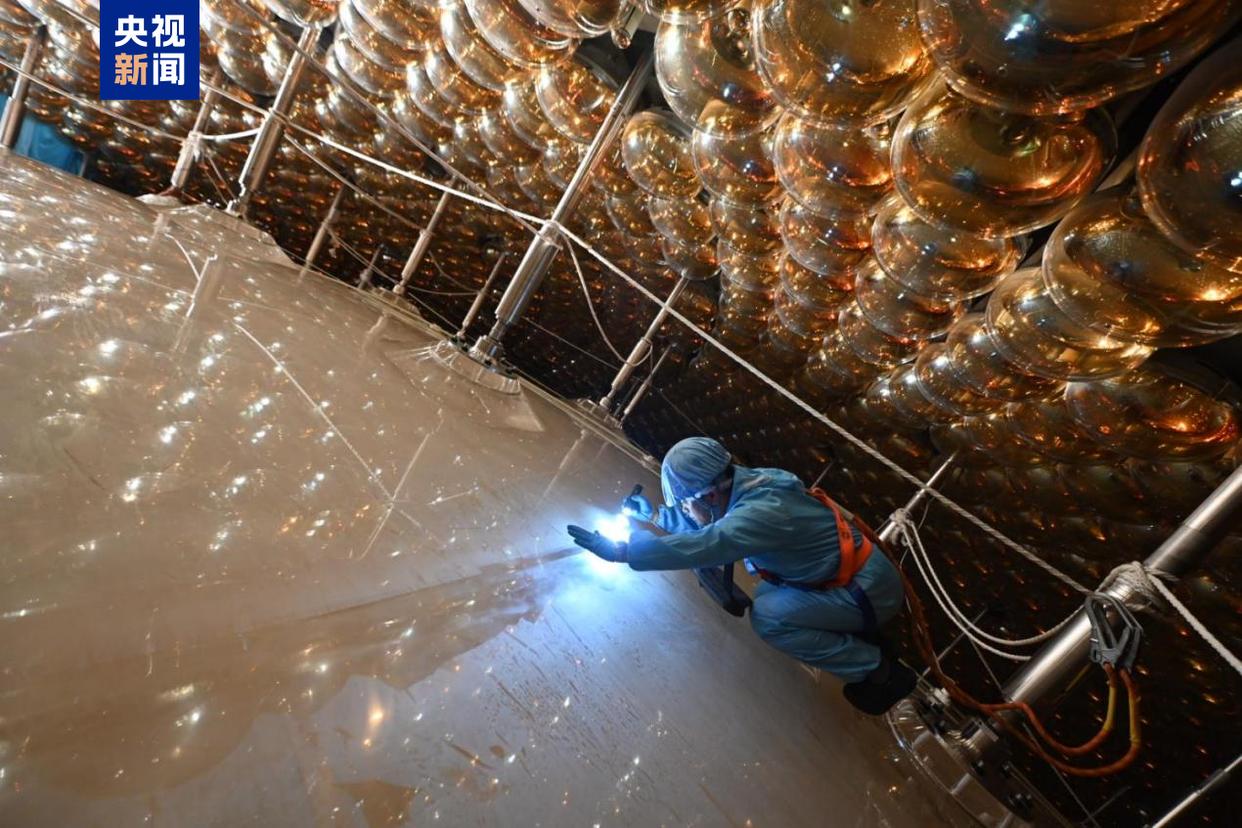

Find Top Talent on China's Leading Networks
- Post Across China's Job Sites from $299 / role, or
- Hire Our Recruiting Pros from $799 / role
- Qualified Candidate Bundles
- Lower Hiring Costs by 80%+
- Expert Team Since 2014
Your First Job Post

A Decade of Dedication: From Concept to Operation
The concept for the JUNO experiment was first proposed by the Institute of High Energy Physics (IHEP) (Gao Neng Wu Li Yan Jiu Suo 高能物理研究所) of the Chinese Academy of Sciences (Zhongguo Kexueyuan 中国科学院) in 2008.
In 2013, JUNO received support from the Strategic Priority Research Program (Category A) of the Chinese Academy of Sciences and the Guangdong Provincial People’s Government.
Construction of tunnels and underground laboratories began in 2015.
By December 2021, the laboratory construction was completed, and the installation of the detector in the underground laboratory commenced.
In December 2024, the main body of the detector was completed, and the filling of ultra-pure water and liquid scintillator began.
During the filling process, the project team first completed the injection of over 60,000 tons of ultra-pure water within 45 days.
The team controlled the liquid level difference between the inner and outer acrylic spheres to within centimeters and maintained a flow deviation of no more than 0.5%.
This effectively ensured the safe and stable structure of the detector’s main body.
Subsequently, over half a year of meticulous operation was dedicated to precisely injecting 20,000 tons of liquid scintillator into the 35.4-meter-diameter acrylic sphere, simultaneously displacing the existing pure water.
All special requirements for ultra-high cleanliness, transparency, and extremely low radioactive background of the ultra-pure water and liquid scintillator were met.
Concurrently, the project team completed the debugging and optimization of the detector, ensuring that it could immediately enter the formal data acquisition stage after filling.

ExpatInvest China
Grow Your RMB in China:
- Invest Your RMB Locally
- Buy & Sell Online in CN¥
- No Lock-In Periods
- English Service & Data
- Start with Only ¥1,000
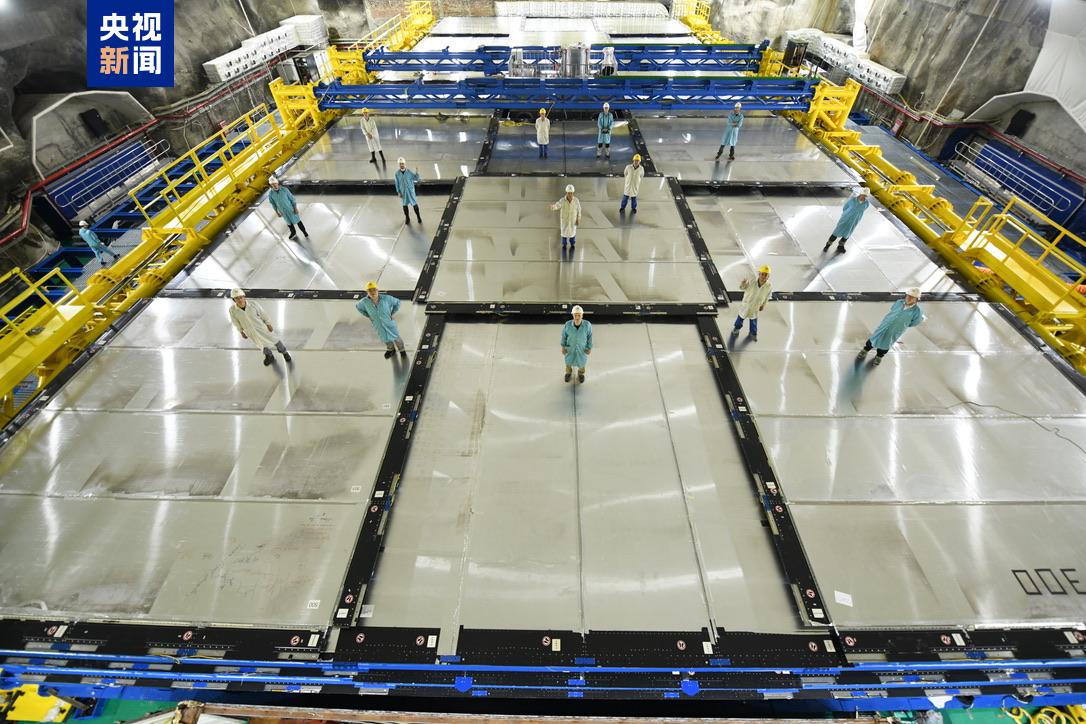

The Heart of the Experiment: The Liquid Scintillator Detector
The core of the JUNO experiment is a liquid scintillator detector (central detector) with an effective mass of 20,000 tons, placed in the center of a 44-meter-deep water pool within the underground experimental hall.
A 41.1-meter-diameter stainless steel lattice shell serves as the main support structure.
The shell bears numerous key components including the 35.4-meter-diameter acrylic sphere, 20,000 tons of liquid scintillator, 20,000 20-inch photomultiplier tubes, 25,000 3-inch photomultiplier tubes, front-end electronics, cables, magnetic shielding coils, and light-blocking panels.
Photomultiplier tubes (PMTs) (Guangdian Beizengguan 光电倍增管) distributed throughout the inner wall of the detector work in conjunction to detect scintillation light produced by neutrinos interacting with the liquid scintillator.
Those PMTs convert scintillation light into electrical signals for output and analysis.
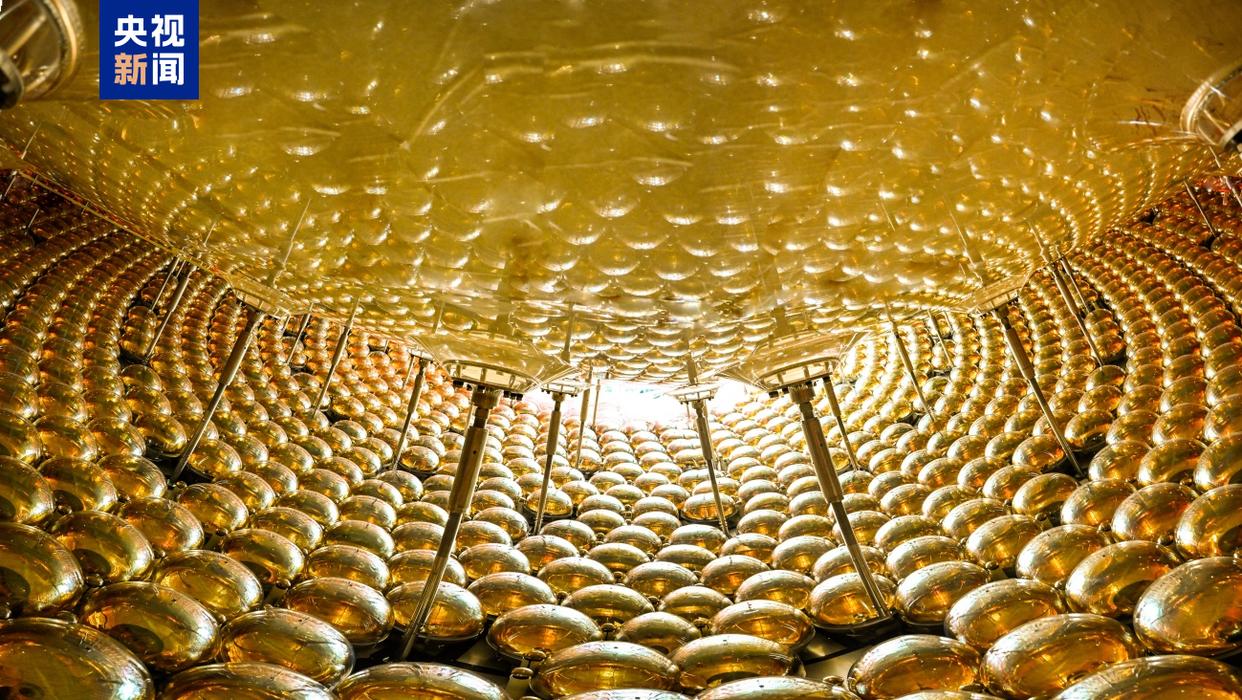

Global Collaboration and Future Prospects
The JUNO experiment is a significant international collaboration project led by the Institute of High Energy Physics (IHEP) (Gao Neng Wu Li Yan Jiu Suo 高能物理研究所) of the Chinese Academy of Sciences (Zhongguo Kexueyuan 中国科学院).
It involves nearly 700 researchers from 74 scientific institutions across 17 countries and regions.
JUNO is designed for a 30-year operational lifetime and can be upgraded in the future to become the world’s most sensitive neutrinoless double beta decay experiment.
Such an upgrade would enable the detection of absolute neutrino masses and test whether neutrinos are Majorana particles.
This would address frontier interdisciplinary challenges in particle physics, astrophysics, and cosmology, and profoundly influence our understanding of the universe.
Wang Yifang (Wang Yifang 王贻芳), spokesperson for the JUNO Collaboration, stated, “The completion of the JUNO detector filling and the start of data acquisition is a breakthrough.”
He added, “This marks the first time such an ultra-large-scale and ultra-high-precision dedicated neutrino scientific facility has become operational internationally, allowing us to answer fundamental questions about the nature of matter and the universe.”

What This Means for Investors, Founders, Techies, and Marketers
For investors, JUNO highlights long-term scientific infrastructure that can anchor regional R&D ecosystems.
For founders and tech teams, the facility underscores demand for ultra-clean materials, precision photonics, and data-acquisition systems.
For techies, JUNO is a rich testbed for signal processing, low-background instrumentation, and large-scale detector engineering.
For marketers, the narrative combines national pride, global collaboration, and frontier science — ideal themes for science communication and thought leadership.

Linking Opportunities
Recommended anchor text and pages to link to from related content:
- “Institute of High Energy Physics (IHEP)” — link to http://english.ihep.cas.cn/
- “Chinese Academy of Sciences” — link to https://english.cas.cn/
- “JUNO detector images” — link to the figures hosted at np-newspic.dfcfw.com for visual-rich posts.
- “Reactor neutrino experiments” — link to authoritative reviews or collaborations when available.

Key Takeaways
- Operational milestone: JUNO began data acquisition after filling 20,000 tons of liquid scintillator.
- Scale and precision: The detector combines 20,000 tons of scintillator with 20,000 20-inch PMTs and 25,000 3-inch PMTs inside a 35.4-meter acrylic sphere.
- Scientific aim: Resolve neutrino mass ordering and improve precision for multiple oscillation parameters.
- Global reach: Nearly 700 researchers from 74 institutions in 17 countries and regions participate.
- Long-term potential: Designed for 30 years of operation and upgradable toward neutrinoless double beta decay sensitivity.
- Researchers: ~700
- Institutions: 74
- Countries/Regions: 17
- Led by: Institute of High Energy Physics (IHEP) of the Chinese Academy of Sciences
JUNO neutrino experiment stands as a new landmark for neutrino science and a long-term platform for global discovery.


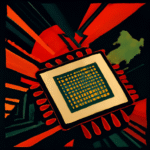



![Microsoft Market Cap Explodes by ¥1.6 Trillion RMB Overnight, While Apple Stock Takes a Hit Post-Earnings [FreshFromChina]](https://freshfromchina.com/wp-content/uploads/2025/05/Microsoft_Market_Cap_Explodes_by_1.6_Trillion_RMB_Overnight__While_Apple_Stock_Takes_a_Hit_Post-Earnings____FreshFromChina-150x150.png)